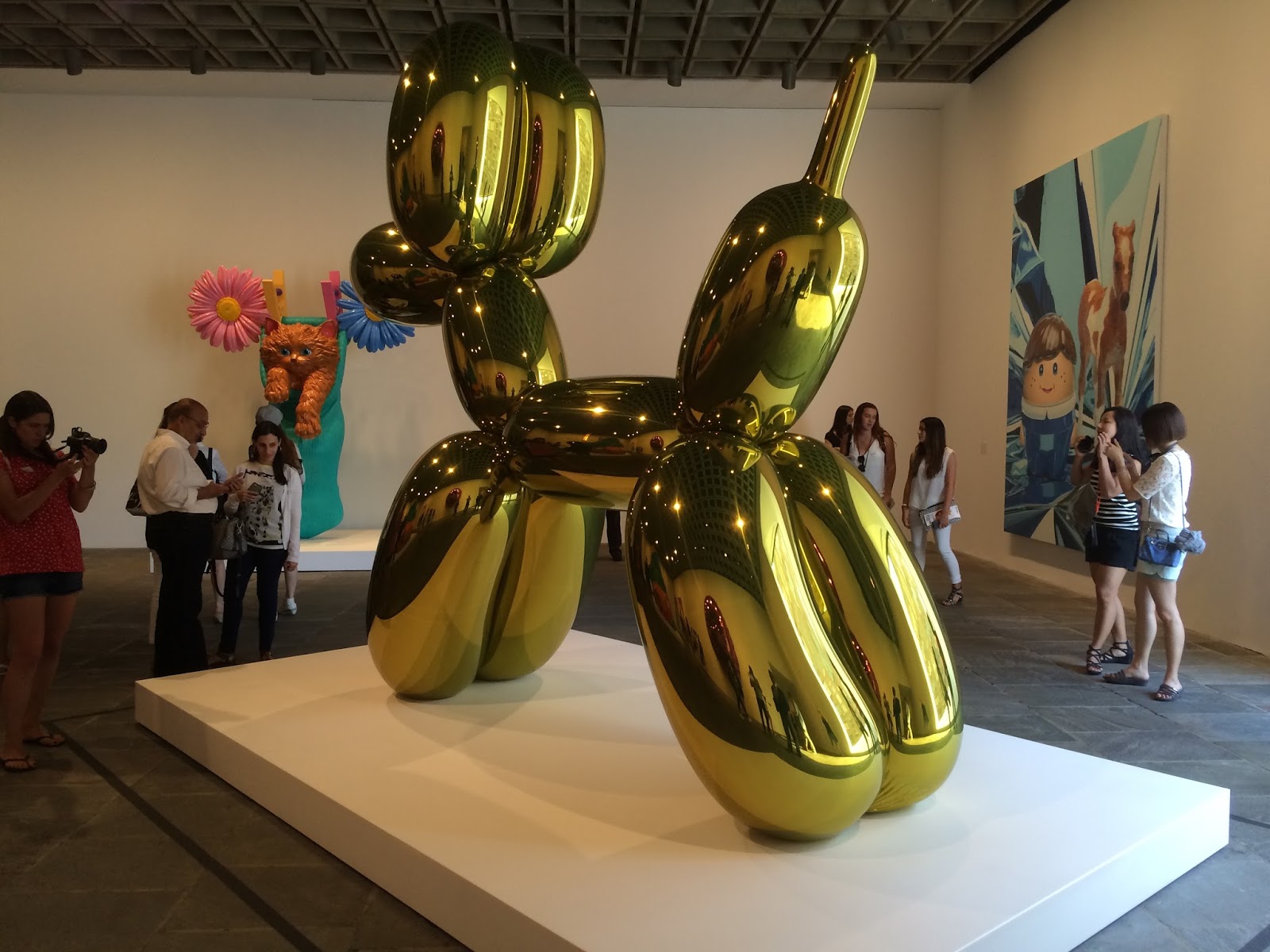 |
| Alain Locke, by Winold Reiss, c. 1921 |
A native of Philadelphia, Locke had graduated from Harvard College with highest honors and been elected to Phi Beta Kappa, and in 1907 became the first African American recipient of a Rhodes Scholarship, allowing him to study at University of Oxford's Hertford College, after which he studied at the University of Berlin, before returning to Harvard to receive his Ph.D. in philosophy in 1918. All of the important figures in the Harlem Renaissance knew and interacted with Locke; for some, like Langston Hughes, who would study at Howard in part through Locke's urging, he played a key role in cultivating their intellectual development. Like a number of his fellow Harlem Renaissance peers, Locke was also gay, though this was not widely known beyond his close associates and other Harlem Renaissance figures until after his death.
 |
| The container that held Locke's ashes (Astrid Riecken/Washington Post) |
 Finally, as Frances Stead Sellers reported in a Washington Post article on September 12, Locke's ashes were buried in Capitol Hill Congressional Cemetery, in a September 13 ceremony funded by African-American Rhodes Scholars, of whom there are over six dozen now. This tribute and proper memorial, with an engraved granite headstone, arose during planning by the Association of American Rhodes Scholars, in conjunction with Howard, for a symposium to honor the centenary of Locke's Rhodes Scholarship. In the process of conceiving the symposium, the Association learned of the status and location of Locke's remains, and through the financial support of Black Rhodes Scholars, he is now properly laid to rest.
Finally, as Frances Stead Sellers reported in a Washington Post article on September 12, Locke's ashes were buried in Capitol Hill Congressional Cemetery, in a September 13 ceremony funded by African-American Rhodes Scholars, of whom there are over six dozen now. This tribute and proper memorial, with an engraved granite headstone, arose during planning by the Association of American Rhodes Scholars, in conjunction with Howard, for a symposium to honor the centenary of Locke's Rhodes Scholarship. In the process of conceiving the symposium, the Association learned of the status and location of Locke's remains, and through the financial support of Black Rhodes Scholars, he is now properly laid to rest.According to Stead Seller's article, his headstone appears as follows:
Alain Leroy Locke, it reads, 1885-1954: “Herald of the Harlem Renaissance, Exponent of Cultural Pluralism.” On the reverse side are four symbols: a nine-pointed Baha’i star representing the religion that emphasizes the spiritual unity of humankind; a Zimbabwe bird, the emblem of the African country formerly called Rhodesia, which the American Rhodes community adopted; a lambda, symbolizing gay and lesbian rights; and Phi Beta Sigma, the fraternity Locke joined at Howard.
 |
| Alain Locke, by Betsy Graves Reyneau |
ALAIN LOCKE IN STOUGHTON HALL Between their theses he writes his own. Between "the general theory of value" and "beauty consisting in ideal forms" he pens fresh hypotheses. Back, past Pliny and Mary Locke to the first ones, speechless and staggering sick with sea and living memories of sour-sour, gold- weights, delta deities ghosting
into mastlines. Dread of these forlorn
shores. Dread of salty tongues' renaming them, their own names buried under winter-
ed paving stones. In the spirits' graveless
inquietude, the cries of two centuries'
mute nights, he has grasped his nation's true history: resistance and the cold- hearted ability to make oneself anew remain his true inheritance. ***
His journey from colored Philadelphia to the Square: the hero's solitary trajectory. Within the dreamsongs guiding him out of yesterday's sorrows furl maps of righteousness and Quaker industry. Here he treads as he did through the schoolyards and alleyways of fists, brick valleys of indifference. Tiny warrior, he holds little fear of being the queer exception defying local customs, minister of his own natural law. As for fools and impolitic white people, he suffers them coolly as any politico, performing the acrobatics by which he balances his days with "master minds" in Sever, nights at the library, the Boylston laboratories. Someday some will claim they knew him. Some days he thinks they'll recall him more swiftly than the footballer Lewis, the agile scholar and gem-eyed DuBois, the Boston-born rebel Trotter. ***
You are the emblem of Negro genius. You are the affirmation of the plural cause. You are the angel gliding between histories you must use and ones that silence you, man, African, American, Harvardian, human. Amid this desert of touch, threadbare society of friends who can never truly comprehend or love you, amid the arid propositions of Kant, Plato and Aristotle, Hegel and Santayana, which once might have been your sextants, you chart your passage into the bay of your people’s stories, voyage of a mind and vision honed. Sunday now, and distant bells summon hungry souls. Freedom is sailing by the compass of possibility, fearless, even if with no ship or sea at all. You will stay and write until your heart runs out. You will take this dark knowledge and spread it.
Copyright © John Keene, 2014. All rights reserved.














































